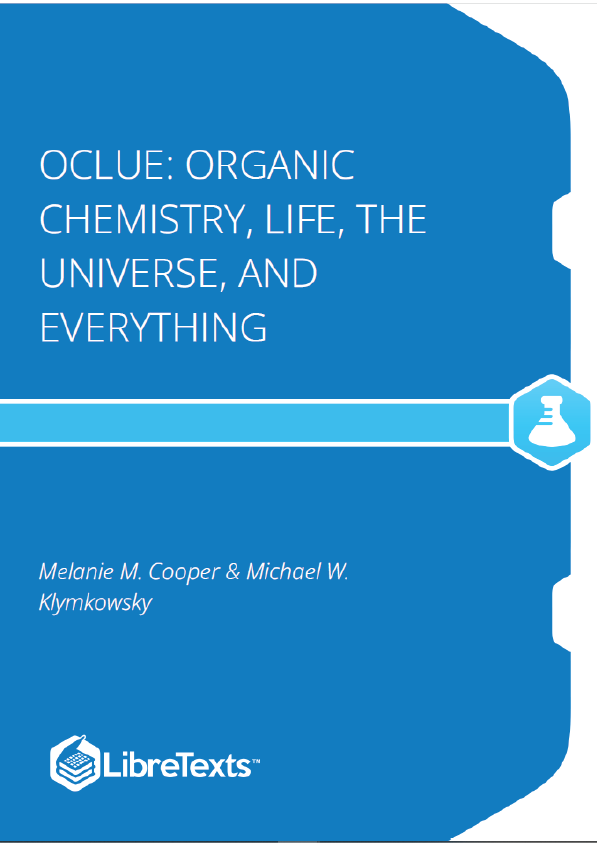As we will see, organic reactions can be classified using a small set of reaction types—the largest and most all-encompassing of which are those involving acid–base reactions. Understanding acid–base reactions, therefore, provides a broadly useful conceptual framework within which to consider a wide range of organic reactions. Although it is likely that you have already been introduced to acid–base reactions (especially if you used the CLUE general chemistry curriculum ), we are going to review this class of reactions in order to emphasize their general features. Our goal is that you learn how to recognize their role in a range of reaction mechanisms; understanding how and why acid–base reactions occur will give you to a set of tools to understand phenomena as diverse as why most drugs are usually administered as in their salt form (a conjugate acid or base), why biological systems are buffered to specific pH levels (and why different pH levels are found in different cellular and organismic compartments), and why molecular oxygen (O ) transport systems require a metal ion complex (within the proteins involved, e.g. myoglobin, hemoglobin, cytochromes). As we will see, acid–base reactions are by far the most common types of reactions in biological systems.
There are a number of ways to discuss acid–base reactions, depending on what aspects of the reaction we want to highlight. They range from the extremely simplified (and not useful) Arrhenius model, to the Brønsted–Lowry model that we use only for reactions in which protons are transferred, and finally to the Lewis model, which can encompass any type of acid–base reaction.
Arrhenius:
The Arrhenius acid–base model is probably the first acid–base model that you were introduced to in the course of your education. In this model, when an acid dissolves in water it dissociates to release a hydrogen ion (H ); when a base dissolves it releases a hydroxide ion (–OH).
Although simple, the Arrhenius model is not particularly useful when it comes to understanding the reactions considered in organic chemistry. This of course raises the obvious question: so why are we mentioning it? The answer is two fold: i) because you might well vaguely remember it as a description of acid–base behaviors and ii) so that we can consider why it is not useful and why you should not use it. The Arrhenius acid–base model applies only when water is the solvent—as we will see many organic reactions do not occur in water. The Arrhenius model also, falsely implies that there are free protons ( ) roaming around in water and it restricts bases to those substances that release a hydroxide ion. Finally, it implies that an acid can exist independent of a base—and vice versa, which doesn’t make a great deal of sense.
The key point here is that the is transferred from one molecule to the other—it doesn’t drop off and then reattach. The flexibility of the Brønsted–Lowry model lies in the fact that the base does not necessarily have to be water. For example, if we look at the reaction of hydrogen chloride and ammonia ( ), we see that the proton transfer from acid to base is analogous to the reaction in water.











